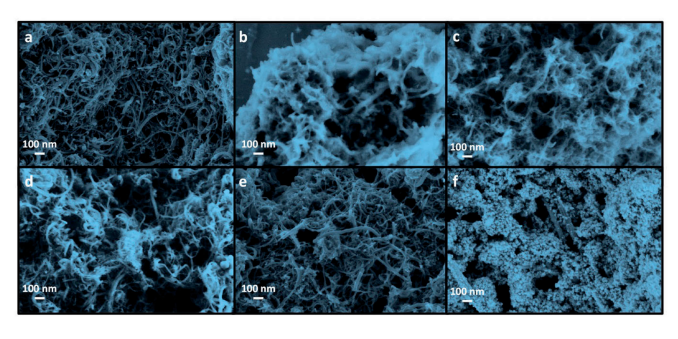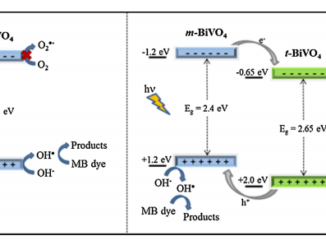
New Multi-Walled carbon nanotube of industrial interest induce cell death in murine fibroblast cells
Abstract: The search for new nanomaterials has brought to the multifactorial industry several opportunities for use and applications for existing materials. Carbon nanotubes (CNT), for example, present excellent properties which allow us to assume a series of applications, however there is concern in the industrial scope about possible adverse health effects related to constant exposure for inhalation or direct skin contact. Thus, using cell models is the fastest and safest way to assess the effects of a new material. The aim of this study was to investigate the cytotoxic profile in LA9 murine fibroblast lineage, of a new multi-walled carbon nanotube (MWCNT) that was functionalized with tetraethylenepentamine (TEPA) to obtain better physical-chemical characteristics for industrial use. The modifications presented in the CNT cause concern, as they can change its initial characteristics, making this nanomaterial harmful. HR-TEM, FE-SEM and zeta potential were used for the characterization. Cytotoxicity and cell proliferation tests, oxidative and nitrosative stress analyzes and inflammatory cytokine assay (TNF-α) were performed. The main findings demonstrated a reduction in cell viability, increased release of intracellular ROS, accompanied by an increase in TNF-α, indicating an important inflammatory profile. Confirmation of the data was performed by flow cytometry and ImageXpress with apoptosis/necrosis markers. These data provide initial evidence that OCNT-TEPA has a cytotoxic profile dependent on the concentration of LA9 fibroblasts, since there was an increase in free radicals, inflammation induction and cell death, suggesting that continuous exposure to this nanoparticle can cause damage to different tissues in the organism.
Author(s): Krissia Franco de Godoy; Joice Margareth de Almeida Rodolpho; Patricia Brassolatti; Bruna Dias de Lima Fragelli; Cynthia Aparecida de Castro; Marcelo Assis; Juliana Cancino Bernardi; Ricardo de Oliveira Correia; Yulli Roxenne Albuquerque; Carlos Speglich; Elson Longo; Fernanda de Freitas Anibal
Toxicol Mech Methods
Published: 2021 Sep
DOI: 10.1080/15376516.2021.1930311
CDMF
The CDMF, hosted at the Federal University of São Carlos (UFSCar), is one of the Research, Innovation and Dissemination Centers (RIDC) supported by the São Paulo State Research Support Foundation (Fapesp), and also receives investment from the National Council Scientific and Technological Development (CNPq), from the National Institute of Science and Technology of Materials in Nanotechnology (INCTMN).




